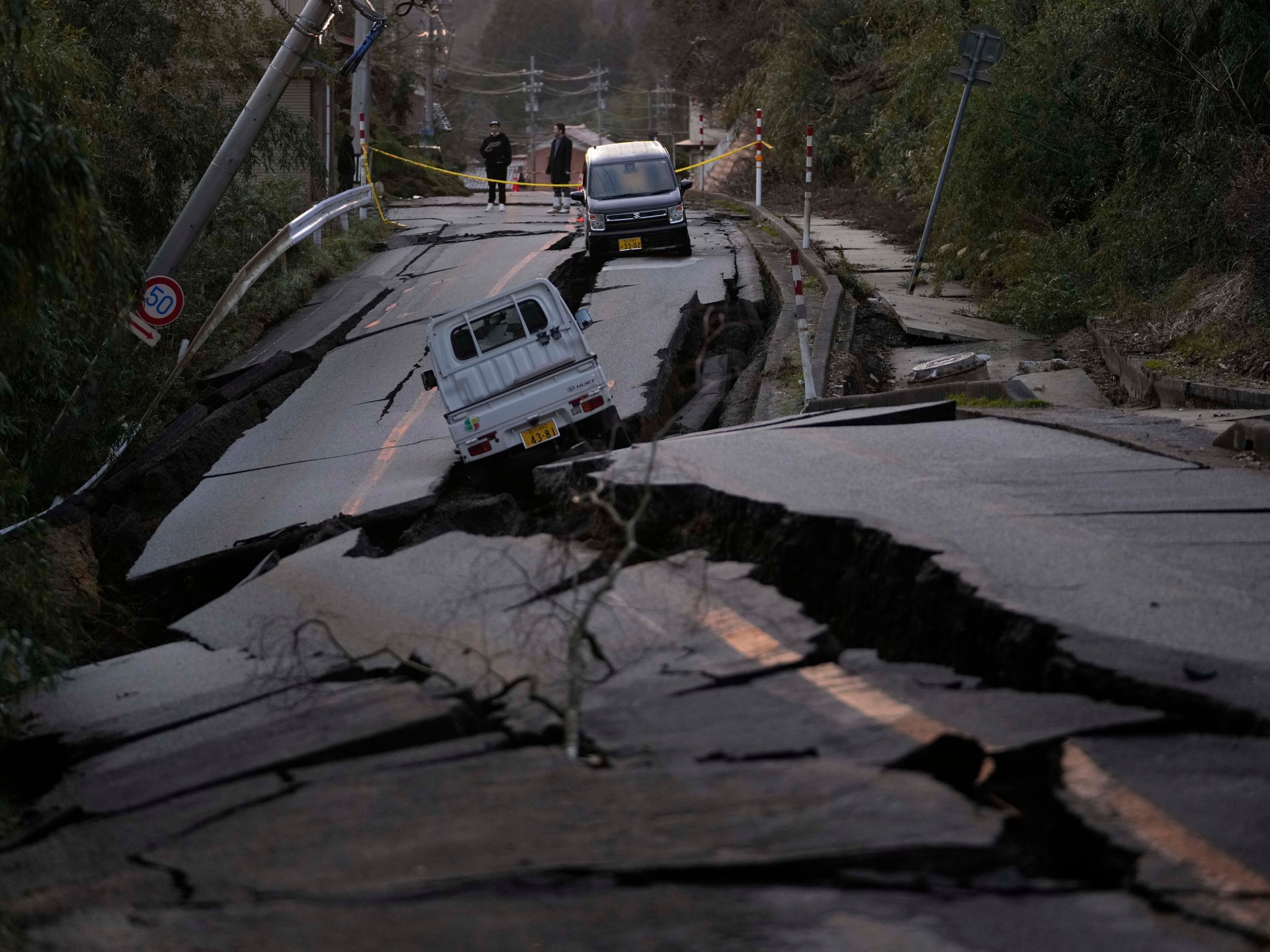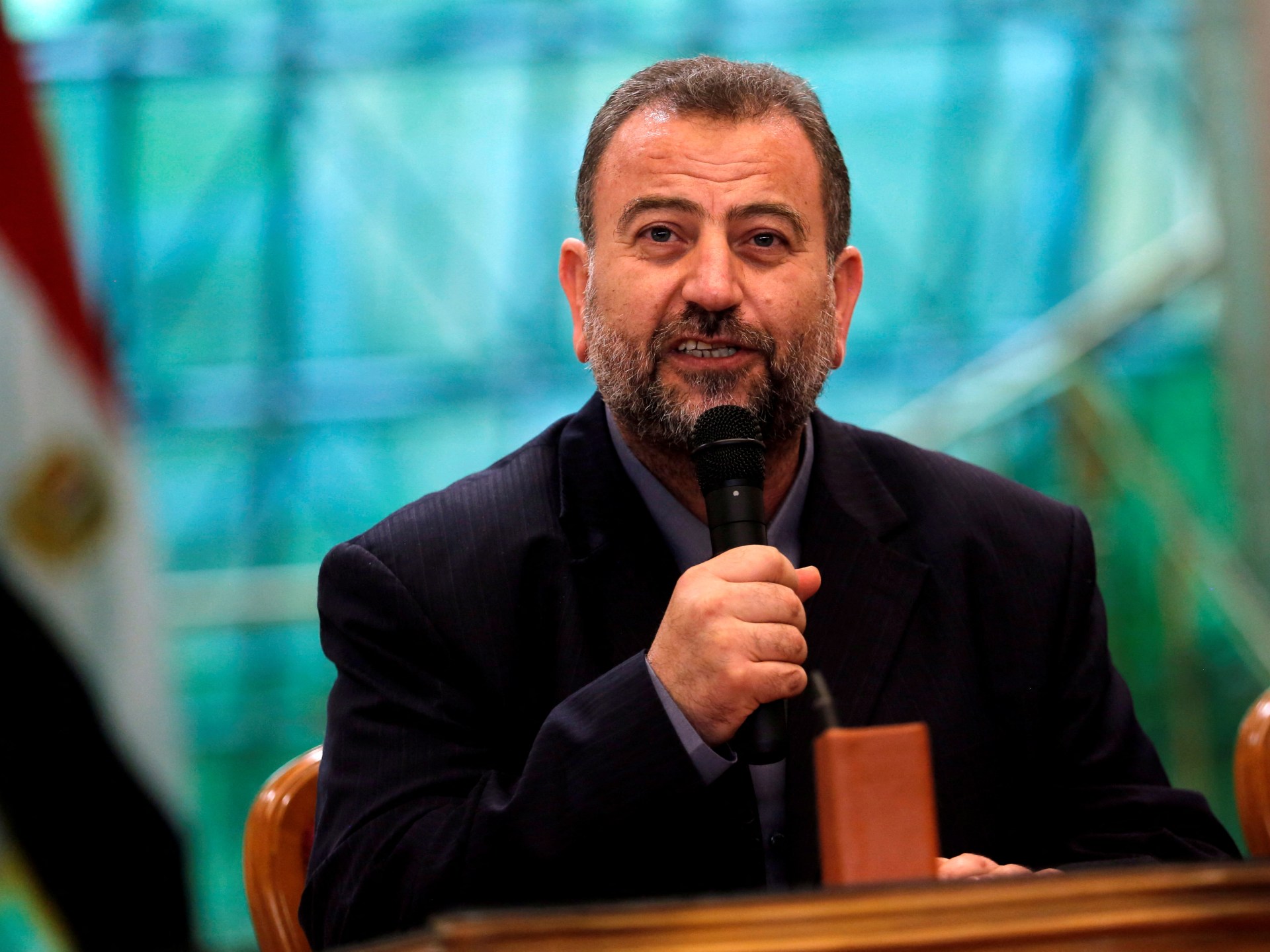Blasphemy laws exist in many states, yet their enforcement significantly limits the rights of citizens in only a few of these nations. Pakistan probably is the most extreme case, with blasphemy punishable by death and the law often being used to target religious minorities (Haq 2019). This religious discrimination has put the blasphemy laws high on the agenda of Western governments and their international religious freedom policies (e.g., Bettiza 2019; Wolff 2021). However, in the context of our research on the case of Asia Bibi, a Christian woman sentenced to death for blasphemy in 2010 and finally acquitted in 2018, we noticed that both international and local debates about blasphemy charges often focus exclusively on their religious dimension. On the one hand, that is not surprising given that blasphemy refers to sacrilegious speech about religion. On the other hand, we argue, it neglects other aspects of the discrimination that religious minorities and those accused of blasphemy face.
To address this gap in both research and practice, we highlight some of the literature and anecdotal evidence that demonstrate existing intersections between religion, socioeconomic status, and gender in the case of blasphemy accusations in Pakistan. We draw on an intersectional perspective to make these links visible. We first define the concept of intersectionality, and then provide some background information on the blasphemy laws in Pakistan, before exploring how socioeconomic status and gender intersect with religion in blasphemy charges in Pakistan. For a more systematic analysis, however, more research is needed, which we seek to encourage with this essay.
Intersectionality
The concept of intersectionality was first introduced by Kimberlé Crenshaw (1989) to draw attention to the ways in which intra-group differences, both among women and among people of colour, are often overlooked to the detriment of black women. According to Ange-Marie Hancock intersectionality can be defined as:
[A research paradigm] that emphasises the interaction of categories of difference (including but not limited to race, gender, class, and sexual orientation) … recognising that these key components influence political access, equality, and the potential for any form of justice (2007, 63-64).
An intersectional perspective broadens the view of the disadvantages and privileges of groups defined by multiple categories that intersect. In countries where the state and society engage in religious discrimination, for instance, women who are poor and belong to a religious minority often become targets of political and ideological struggles due to their particular powerlessness (Tadros 2020). We argue that such intersections also exist in Pakistan and that they merit more attention when dealing with blasphemy accusations and their consequences.
Pakistan’s blasphemy laws
The blasphemy laws in Pakistan are a legacy of colonial rule in the Indian subcontinent. They were originally introduced by the British government to protect religious sensibilities and to reduce hostilities between Hindus and Muslims. Since the 1980s, the blasphemy section of the Pakistan Penal Code (PPC) was first sharpened by General Zia-ul-Haq as part of his Islamisation policies and, further, by subsequent governments to appease Islamist parties, dropping, for example, life imprisonment as a penalty and thus making the death penalty compulsory in the case of derogatory remarks about the Prophet Muhammad (Ahmed 2021; Haq 2019; Hussain 2022; Rumi 2018). In January 2023, the National Assembly adopted amendments to the laws further increasing punishment for insulting Prophet Muhammad’s companions and family members from three to ten years of imprisonment, along with a hefty fine. Human rights groups have warned that these amendments will fuel further rights abuses against religious minorities (CSW 2023).
However, the blasphemy laws have not only impacted minority non-Muslims but also Shia Muslims and Ahmadiyya Muslims, as well as many Sunni Muslims in Pakistan. Since General Zia’s amendments, the number of accusations of blasphemy have significantly increased (Nafees 2021; Rumi 2018: 325). Yet, accusations are often used as a backdrop to settle personal disputes and to act out power by radical leaders (International Commission of Jurists 2015: 6). Up to 2022, around 40 people have been sentenced to death for blasphemy. However, none of the accused has been legally executed. But the Centre for Research and Security Studies (CRSS) documented at least 89 related vigilante killings between the years 1947 and 2021 (Nafees, 2021).
Intersections of religion, socioeconomic status, and gender in blasphemy accusations
There is an extensive body of literature related to Pakistan’s blasphemy laws (e.g., Ahmed 2021; Haq 2019; Hussain 2022; Rumi 2018). However, most of the research has neglected intersectional issues. Religious experiences in Pakistan are influenced by a variety of factors. We are singling out two of them here, caste and gender, because we think they are particularly important to consider in the context of blasphemy accusations.
Caste as a social issue is largely silenced in Pakistan, both in public and political discourses. Because the concept of caste does not exist in Islam, silencing this legacy has been used to enforce and preserve the Islamic identity of the new state and to distance themselves from the colonial, Indian past. In reality, caste dynamics are still deeply ingrained in the regulation of local practices related, for example, to dining arrangements, marriage customs, educational opportunities, employment prospects and the formation of voting blocs (Fuchs and Fuchs 2020; Javid and Martin 2020; Singha 2022).
Caste discrimination intersects with religious discrimination. The Pakistani Christian community consists to a large extent of descendants of converts from low-caste and untouchable backgrounds who converted to Christianity because of the activities of European and American missionaries during the colonial period. ‘Despite their attempts to leave caste behind by converting to the religion of the colonial rulers, many Christians still carry a caste stigma in today’s Pakistan’ (Fuchs and Fuchs 2020, 63). In Punjab province, where most Christians live, Christians are still understood as former low-caste Hindus (Devji 2018). In police reports and court documents, Christianity usually is identified as zaat (caste) rather than religion (Ashraf 2021, 106). Caste discrimination is responsible for the marginalisation of many citizens, with former ‘untouchables’ constituting the lowest ranks of society. They often face limited access to education, economic resources, and political representation at all levels. Former untouchables are negatively stereotyped as being unclean and criminal. Therefore, they are confined to jobs related to sanitation, menial labour, begging, prostitution or unskilled agricultural work and excluded from eating and drinking together with members of other castes and from sharing utensils and traditional pipes (Gazdar 2007; Javid and Martin 2020, 144; Singha 2022).
Such social exclusion reinforces the systematic marginalisation of individuals and communities from society. Consequently,
the Blasphemy Law is one of the easiest ways to enact religio-political discrimination towards impoverished Christians (and Hindus) from Dalit ancestry. Because these communities lack the resources and ability for self-protection, blasphemy charges can be—and are—utilised to steal land, remove people from jobs, resolve personal conflicts and disrupt upward mobility and prosperity (Singha 2022, 494).
Due to the fluid boundaries between religion and caste, transgressions in the non-religious domain can also be framed as religious transgressions and punished accordingly (Ashraf 2021, 106).
While the intersection with caste is recognised in some of the literature on blasphemy in Pakistan, this cannot be said about the gender dimensions of blasphemy accusations, even though there is evidence suggesting that the blasphemy laws in Pakistan are not a gender-neutral matter.
It is uncontested that, in absolute numbers, most victims of the blasphemy laws are Sunni and Shia Muslim men. Of the 1,386 cases of blasphemy accusations between 1947 and 2021 recorded by the Centre for Research and Security Studies, 600 were directed against Sunni Muslim men and 309 against Shia Muslim men (Nafees 2021). Among the religious minority groups, most accusations and extrajudicial killings target Christians (men and women) and Ahmadis (primarily men). A closer look at the data, however, also reveals that among women, Christian women are the ones most likely to be targeted. According to the data collected by the Centre for Research and Security Studies, of the 107 cases of women and girls accused of blasphemy between 1947 and 2021, 57 were Christians, and of the 17 cases of women and girls killed, 10 were Christians (Nafees 2021). The Centre for Social Justice (2022) counted six blasphemy accusations against women in 2021, four of them were against Christian women. This data suggests that, in the context of accusations of blasphemy and extrajudicial killings, Christian women are subject to a ‘double jeopardy’ (Beale 1970) due to religious as well as gender discrimination.
Even though there is a lack of official data specific to religious minority women in Pakistan, surveys have demonstrated that religious minority women in Pakistan ‘suffer from multiple forms of discrimination, intersectional discrimination, and compounded discrimination’ (Jivan and Jacob 2012, 14). For religious minority women, discrimination on grounds of their religious minority status is amplified by gender discrimination, which is generally high in Pakistan. According to the Global Gender Gap Report 2023, Pakistan ranks 142 out of the 146 countries included in the index (World Economic Forum 2023: 11). In addition, women from religious minorities suffer from specific human rights violations, such as the use of abductions to marry off Hindu and Christian women and girls to Muslim men for forced conversions to Islam (Jivan and Jacob 2012, 18, 22, 61-62; National Commission for Justice and Peace 2019: 81ff). These forms of discrimination are often compounded by high rates of poverty and low literacy rates (Jivan and Jacob 2012, 40).
Moreover, existing data suggests that blasphemy accusations might be a specific form of violence against women. Feminist research understands violence against women as a tool to uphold and reinforce the existing gender order, ‘punishing’ women for digressing from prevailing gender norms and ‘assigning’ them their place in society. Sana Ashraf (2021) in her ethnographic research on blasphemy accusations indeed finds a close link between the accusations of blasphemy and of the transgression of gender norms.
Women have been targeted by blasphemy accusations only since relatively recently. The first time it became publicly known that a woman was accused of blasphemy was in 1996 (Nafees 2021). Since 2006, there has been an upward trend of accusations of blasphemy against women. This upward trend has coincided with the improvement of women’s status in Pakistan. Even though still comparatively low as mentioned above, in the last 20 years, the educational attainment of women has improved, as well as women’s political representation due to the introduction of a gender quota. In 2006, the Women Protection Act was adopted, which finally removed the teeth of the infamous Zina laws, which criminalise consensual sex outside of marriage, which remains technically criminalised but virtually impossible to prosecute (Shaheed 2010: 861). Additionally, new gender justice movements have emerged, mobilising women not traditionally linked to the women’s or Islamist movements, such as peasant women, community health workers, tribal women, and transgender activists (Khan and Kirmani 2018).
Discriminatory laws, including the blasphemy laws, push women into timid behaviour and social isolation (Jivan and Jacob 2012). The International Commission of Jurists (2015, 51), for example, found that some women accused of blasphemy languish in jail for many years because their families are not interested in pursuing their cases or even disown them following the blasphemy allegations. There have also been cases in which perpetrators of violence against women and girls, as well as their families, threatened victims and their families with official blasphemy accusations to silence the victim and prevent the family from filing a case against the perpetrator (Global Human Rights Defence 2019, 13). Blasphemy accusations, accordingly, can be used to repress women. Similarly, there is anecdotal evidence that blasphemy accusations are also used by men to get revenge on women who had rejected their advances, for example, in the case of a male witness who according to the accused woman’s lawyer had ‘tried to touch my clients’ breasts forcibly and accused her of blasphemy when she stopped him’ (The Friday Times 2022); or the case of Aneeqa Ateeq, sentenced to death for allegedly ‘blasphemous’ activity on WhatsApp and Facebook, who ‘told the court that she believed the complainant intentionally dragged her into a religious discussion so he could collect evidence and take “revenge” after she refused to be friendly with him’ (Baloch and Ellis-Petersen 2022).
Finally, the blasphemy laws have also been used to silence feminist voices. For instance, the fact that section 298-A of the PPC forbids any discussion of the Prophet’s wives, prevents women’s rights activists from referencing the political activities of one of his wives, Aisha, to call for women’s political inclusion (Abbas 2013, 54-59). Or the Aurat movement, a feminist advocacy movement organising nationwide protest marches on International Women’s Day (8 March), which, in 2021, was facing a sustained campaign of doctored videos and blasphemy allegations on social media (Javaid 2021). Another example is the founder of the organisation Aware Girls in Pakistan, Gulalai Ismail, who, due to her feminist activism, was accused by a male student on social media of ‘insulting the religion of Islam’ and therefore violating the blasphemy laws. She, however, fought back by successfully filing a case against the accuser (Ghaffar 2018). Hence, growing numbers of blasphemy accusations against women could be interpreted as a sign of – and reaction against – societal developments that increasingly recognise that women’s voices and opinions, including on religion, matter.
Concluding remarks
The examples above illustrate that focusing on blasphemy accusations exclusively from a religious freedom perspective prevents us from recognising intersecting dimensions, such as those based on caste and gender. It is evident that the impact of blasphemy laws extends beyond religious identity. Considering intersections between religion, socioeconomic status, and gender, by contrast, could provide an avenue for a more holistic approach when countering discrimination against religious minorities, both in Pakistan and in other states in which religious law is used to discriminate against multiply disadvantaged groups.
*The mentioned project was supported by a British Academy/Leverhulme Small Research Grant under Grant number SRG2021\210997.
References
Abbas, S.B. 2013. Pakistan’s Blasphemy Laws: From Islamic Empires to the Taliban, Austin: University of Texas Press.
Ahmed, I. 2021. Asia Bibi v. The State: the politics and jurisprudence of Pakistan’s blasphemy laws. In: Third World Quarterly, 42(2), 274-291.
Ashraf, S. 2021. Finding the Enemy Within: Blasphemy Accusations and Subsequent Violence in Pakistan, Australian National University Press.
Baloch, S.M., and H. Ellis-Petersen. 2022. Woman sentenced to death in Pakistan over ‘blasphemous’ WhatsApp activity. In: The Guardian, 19 January, https://www.theguardian.com/world/2022/jan/19/pakistan-woman-aneeqa-ateeq-sentenced-to-death-blasphemous-whatsapp-messages (last access: 09/01/23).
Beale, F. 1970. Double jeopardy: To be Black and female. In: Bambara, T. C. (ed.), The Black Woman: An Anthology, New York: Washington Square Press, 109–122.
Bettiza, G. 2019. Finding Faith in Foreign Policy: Religion and American Diplomacy in a Postsecular World, New York: Oxford University Press.
Centre for Social Justice. 2022. Human Rights Observer 2022: A factsheet on the rights of religious minorities in Pakistan, February 2022, https://csjpak.org/pdf/HR_Observer_2022.pdf (last access: 09/01/23).
Crenshaw, K. 1989. Demarginalizing the Intersection of Race and Sex: A Black Feminist Critique of Antidiscrimination Doctrine, Feminist Theory and Antiracist Politics. In: The University of Chicago Legal Forum, Vol. 1989, 139-168.
CSW. 2023. New bill makes blasphemy laws more stringent, 19 Jan 2023, https://www.csw.org.uk/2023/01/19/press/5917/article.htm (last access: 25/05/23).
Devji, F. 2018. How Caste Underpins the Blasphemy Crisis in Pakistan, The New York Times, 19 December 2018, https://www.nytimes.com/2018/12/18/opinion/caste-blasphemy-pakistan.html (last access: 07/01/23).
Fuchs, M.-M., and S.W. Fuchs. 2020. Religious Minorities in Pakistan: Identity, Citizenship and Social Belonging. In: South Asia, 43(1), 52-67.
Gazdar, H. 2007. Class, Caste or Race: Veils over Social Oppression in Pakistan. In: Economic and Political Weekly, 42(2), 86-88.
Ghaffar, N. 2018. Female Pakistani Activist Pushes Back Against Blasphemy Charges, Voice of America, 27 January, https://www.voanews.com/a/pakistani-activist-gulalai-ismail-pushes-back-blasphemy-charges/4228239.html (last access: 09/01/23).
Global Human Rights Defence. 2019. ‘Human Rights Report 2019’, The Hague.
Hancock, A.-M. 2007. When Multiplication Doesn’t Equal Quick Addition: Examining Intersectionality as a Research Paradigm. In: Perspectives on Politics 5 (1): 63–79.
Haq, F. 2019. Sharia and the State in Pakistan: Blasphemy Politics, London: Routledge.
Hussain, A. 2022. Revenge, Politics and Blasphemy in Pakistan, London: Hurst & Company.
International Commission of Jurists. 2015. On Trial: The Implementation of Pakistan’s Blasphemy Laws, ICJ Geneva, https://www.icj.org/wp-content/uploads/2015/12/Pakistan-On-Trial-Blasphemy-Laws-Publications-Thematic-Reports-2015-ENG.pdf (09/01/23).
Javaid, M. 2021. Pakistan’s feminists say will persevere amid increased threats. In: Al Jazeera, 22 March, https://www.aljazeera.com/features/2021/3/22/pakistans-feminists-say-will-persevere-amid-increased-threats (09/01/23).
Javid, H., and N. Martin. 2020. Democracy and Discrimination: Comparing Caste-Based Politics in Indian and Pakistani Punjab. In: South Asia, 43(1), 136-151.
Jivan, J.J., and P. Jacob. 2012. Life on the Margins: A study on the minority women in Pakistan, National Commission for Justice and Peace, Lahore.
Khan, A., and N. Kirmani. 2018. Moving Beyond the Binary: Gender-based Activism in Pakistan. In: Feminist Dissent, (3), 151-191.
Nafees, M. 2021. Blasphemy Cases in Pakistan: 1947 – 2021. Retrieved from Center for Research and Security Studies (CRSS), https://crss.pk/blasphemy-cases-in-pakistan-1947-2021/ (last access: 04/01/23)
National Commission for Justice and Peace .2019. A Report on the Religious Minorities in Pakistan, Human Rights Monitor 2019: Covering incidents of 2018, Lahore, http://www.ncjp-pk.org/wp-content/uploads/2019/09/HRM19-final.pdf (09/01/23).
Rumi, R. 2018. Unpacking the Blasphemy Laws of Pakistan. In: Asian Affairs, 49(2), 319-339.
Shaheed, F. 2010. Contested Identities: gendered politics, gendered religion in Pakistan, In: Third World Quarterly, 31(6), 851-867.
Singha, S. 2022. Caste Out: Christian Dalits in Pakistan. In: The Political Quarterly, Vol. 93, No. 3, July/September 2022, 488-497.
Tadros, M. 2020. Invisible Targets of Hatred: Socioeconomically Excluded Women from Religious Minority Backgrounds, CREID Working Paper, Vol. 2020, No. 2, Institute for Development Studies.
The Friday Times. 2022. Court Acquits Woman Sexually Assaulted, Falsely Accused Of Blasphemy By Abusers, January 19, https://www.thefridaytimes.com/2022/01/19/court-acquits-woman-sexually-assaulted-falsely-accused-of-blasphemy-by-abusers/ (06/05/22).
Wolff, S. 2021. Secular Power Europe and Islam: Identity and Foreign Policy, Michigan: Michigan University Press.
World Economic Forum. 2023. ‘Global Gender Gap Report 2023’, https://www3.weforum.org/docs/WEF_GGGR_2023.pdf (access: 21/10/2023).

 Movie
Movie 5 months ago
112
5 months ago
112 






![Presidents Day Weekend Car Sales [2021 Edition] Presidents Day Weekend Car Sales [2021 Edition]](https://www.findthebestcarprice.com/wp-content/uploads/Presidents-Day-Weekend-car-sales.jpg)



 English (United States)
English (United States)